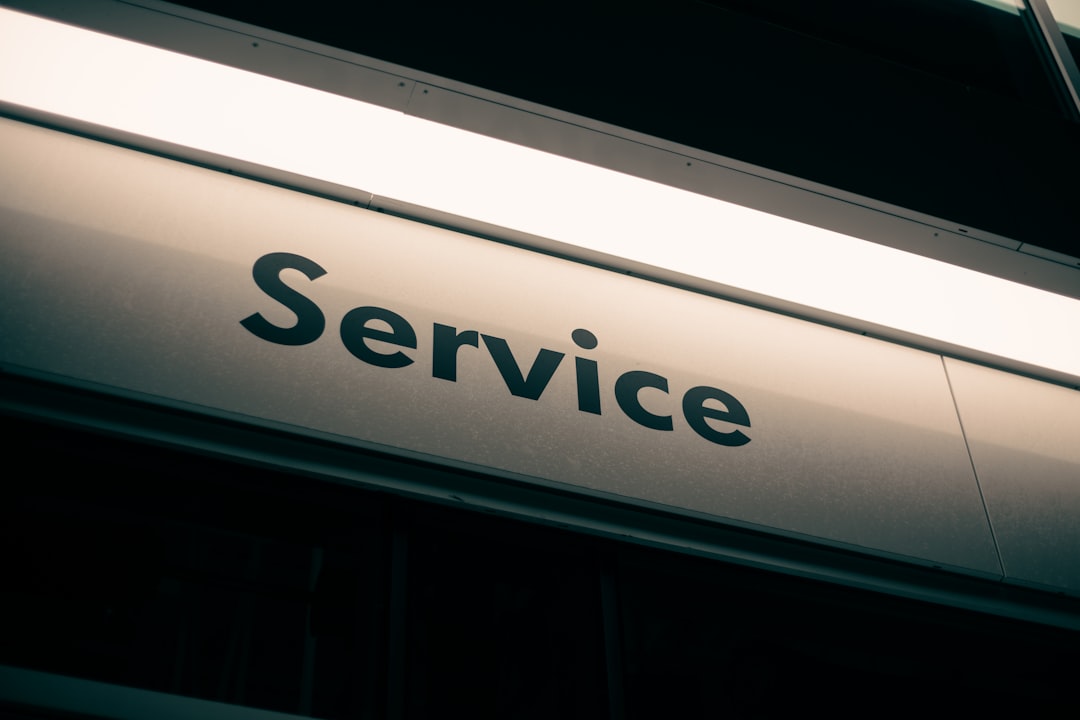
When you purchase a vehicle, you may not always think about the potential risks involved. One of the most significant risks is the possibility of an auto lien being placed on your vehicle. An auto lien is a legal claim against your vehicle, which can be used to secure payment for a debt. In Oregon, auto liens are a common occurrence, and it’s essential to understand how they work and what you can do to avoid them.
What is an Auto Lien?
——————-
An auto lien is a legal claim against a vehicle that is used to secure payment for a debt. This can include debts such as loans, leases, or other financial obligations. When an auto lien is placed on a vehicle, the lender has a legal right to repossess the vehicle if the debt is not paid. Auto liens can be placed on vehicles by lenders, dealerships, and other financial institutions.
Types of Auto Liens
——————-
There are several types of auto liens that can be placed on a vehicle. Some of the most common types of auto liens include:
* Loan liens: These are liens that are placed on a vehicle to secure a loan. This can include loans for the purchase of a vehicle, as well as loans for other purposes, such as refinancing or consolidating debt.
* Lease liens: These are liens that are placed on a vehicle to secure a lease agreement. This can include leases for personal or commercial vehicles.
* Tax liens: These are liens that are placed on a vehicle to secure payment of taxes. This can include taxes such as property taxes, sales taxes, and other types of taxes.
* Mechanic’s liens: These are liens that are placed on a vehicle to secure payment for repairs or services. This can include repairs, maintenance, and other types of services.
How Auto Liens Work
——————-
Auto liens work by giving the lender or creditor a legal claim against the vehicle. This means that if the debt is not paid, the lender or creditor has the right to repossess the vehicle and sell it to pay off the debt. Auto liens can be placed on vehicles in a variety of ways, including:
* When a loan or lease is signed, the lender or creditor may place a lien on the vehicle as collateral.
* When a debt is not paid, the lender or creditor may place a lien on the vehicle to secure payment.
* When a vehicle is purchased, the seller may place a lien on the vehicle to secure payment for the purchase price.
Consequences of an Auto Lien
—————————–
If you have an auto lien placed on your vehicle, there are several consequences that you should be aware of. Some of the most significant consequences include:
* Repossession: If you fail to make payments on the debt, the lender or creditor may repossess the vehicle and sell it to pay off the debt.
* Damage to your credit score: Auto liens can negatively impact your credit score, making it more difficult to obtain credit in the future.
* Legal action: If you fail to pay the debt, the lender or creditor may take legal action against you to collect the debt.
How to Avoid an Auto Lien
————————-
There are several steps that you can take to avoid an auto lien. Some of the most important steps include:
* Make timely payments: Make sure to make timely payments on your loan or lease to avoid defaulting on the debt.
* Review your loan or lease agreement: Review your loan or lease agreement carefully to understand your obligations and the consequences of default.
* Communicate with your lender or creditor: If you are having trouble making payments, communicate with your lender or creditor to discuss possible alternatives, such as refinancing or a payment plan.
* Keep your vehicle in good condition: Keep your vehicle in good condition to avoid mechanic’s liens and other types of liens.
What to Do if You Have an Auto Lien
———————————–
If you have an auto lien placed on your vehicle, there are several steps that you can take to address the situation. Some of the most important steps include:
* Contact your lender or creditor: Contact your lender or creditor to discuss possible alternatives, such as refinancing or a payment plan.
* Review your loan or lease agreement: Review your loan or lease agreement carefully to understand your obligations and the consequences of default.
* Consider seeking legal advice: If you are unsure about your rights and obligations, consider seeking legal advice from an attorney.
* Make timely payments: Make sure to make timely payments on the debt to avoid further legal action.
Conclusion
———-
Auto liens are a common occurrence in Oregon, and it’s essential to understand how they work and what you can do to avoid them. By making timely payments, reviewing your loan or lease agreement, and communicating with your lender or creditor, you can avoid an auto lien and protect your vehicle. If you do have an auto lien placed on your vehicle, there are several steps that you can take to address the situation, including contacting your lender or creditor, reviewing your loan or lease agreement, and seeking legal advice.